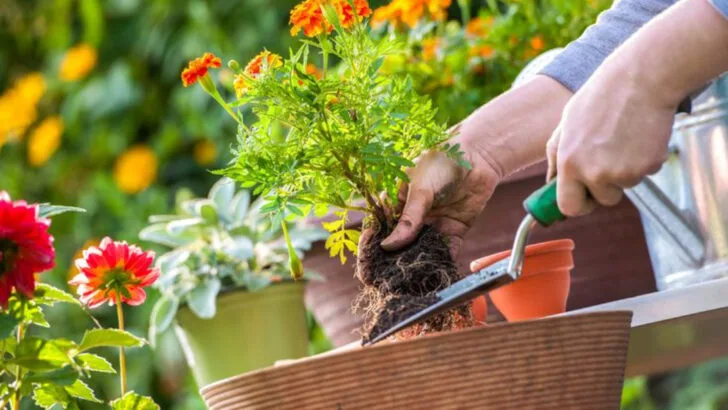Sometimes the simplest ideas are the most genius — even if they seem a little silly at first. These 20 garden hacks might look quirky, but they’re proven time-savers that will make your gardening routine easier and more enjoyable. From clever shortcuts to unexpected tricks, these tips help you work smarter, not harder.
Whether you’re battling weeds, watering woes, or just want to get more done in less time, these hacks are designed to save hours of effort while keeping your garden thriving. Plus, they’re easy enough for anyone to try — no fancy tools or skills needed.
Get ready to surprise yourself with how much these playful solutions can transform your gardening experience.
DIY Seed Tape
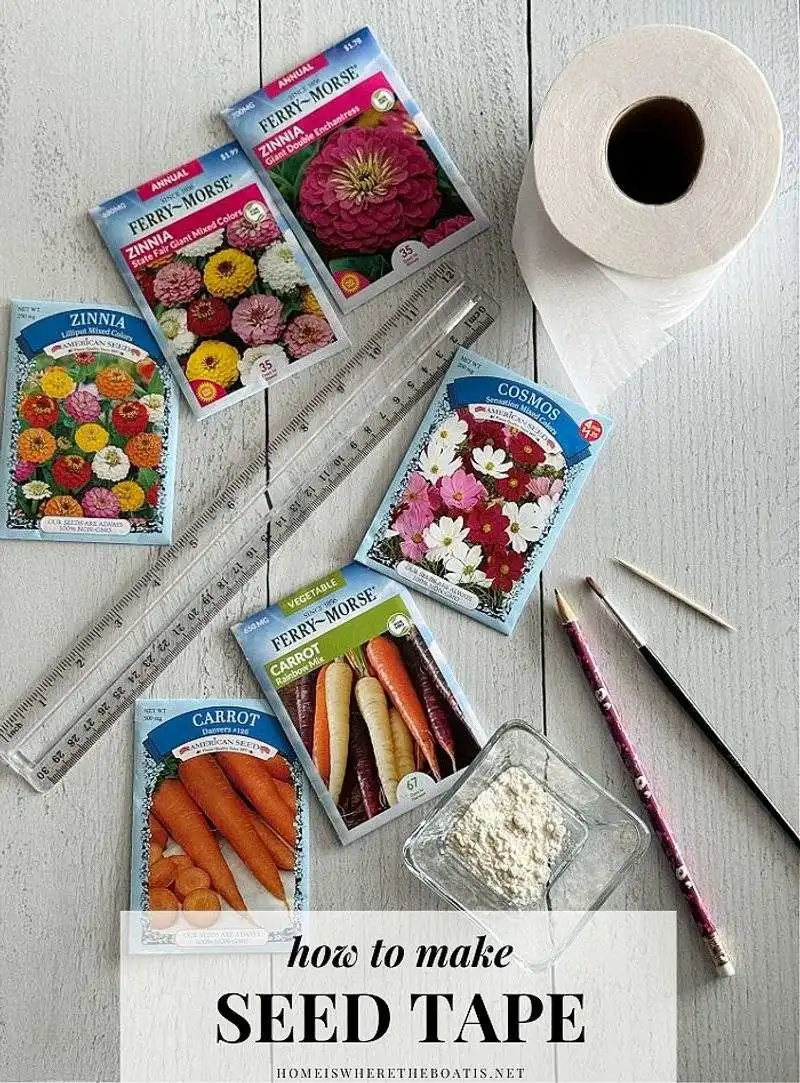
Ever found yourself wrestling with tiny seeds that just won’t cooperate? Creating your own seed tape might seem odd, but it ensures precise planting. Simply lay out toilet paper, sprinkle seeds at the recommended spacing, and secure them with a dab of natural glue. This hack not only keeps your seeds in check but also speeds up the planting process. Plus, it minimizes waste by using just what you need. Store these tapes for future use, and you’ll have a ready-to-go planting solution every season. It’s a quirky yet efficient way to streamline your gardening efforts.
Coffee Grounds for Slugs

Who knew your morning coffee could double as a slug deterrent? Sprinkling coffee grounds around your plants creates a barrier that slugs are reluctant to cross. The texture irritates their underbellies, keeping them at bay. Besides being a sustainable pest control method, it enriches the soil with nitrogen. This eco-friendly solution reuses what would otherwise be waste, showcasing how effective repurposing can be. With this simple trick, you’ll protect your plants without resorting to chemical solutions. It’s an unusual yet practical way to manage pests organically.
Eggshell Seedling Starters

Transform breakfast remnants into seedling starters with eggshells. These biodegradable pots provide seedlings with the calcium they need while being environmentally friendly. Fill each half with soil, plant your seeds, and place them in a sunny spot. As the plants grow, transplant them directly into the soil, eggshell and all. This reduces transplant shock and adds nutrients to the earth. It’s a resourceful approach to kickstart your garden while using everyday kitchen waste. Simple, effective, and a little bit quirky, eggshells make the perfect nursery for young plants.
Wine Bottle Watering

An empty wine bottle can do more than just hold memories of good times. When used as a watering device, it delivers water directly to the roots of your plants. Fill the bottle with water, invert it, and secure it into the soil near the plant. The water trickles out slowly, providing consistent moisture. This method saves time and ensures plants receive the right amount of hydration. It’s a clever and efficient way to repurpose bottles, turning waste into a garden ally. Enjoy the satisfaction of a well-watered garden with minimal effort.
Fork Fence
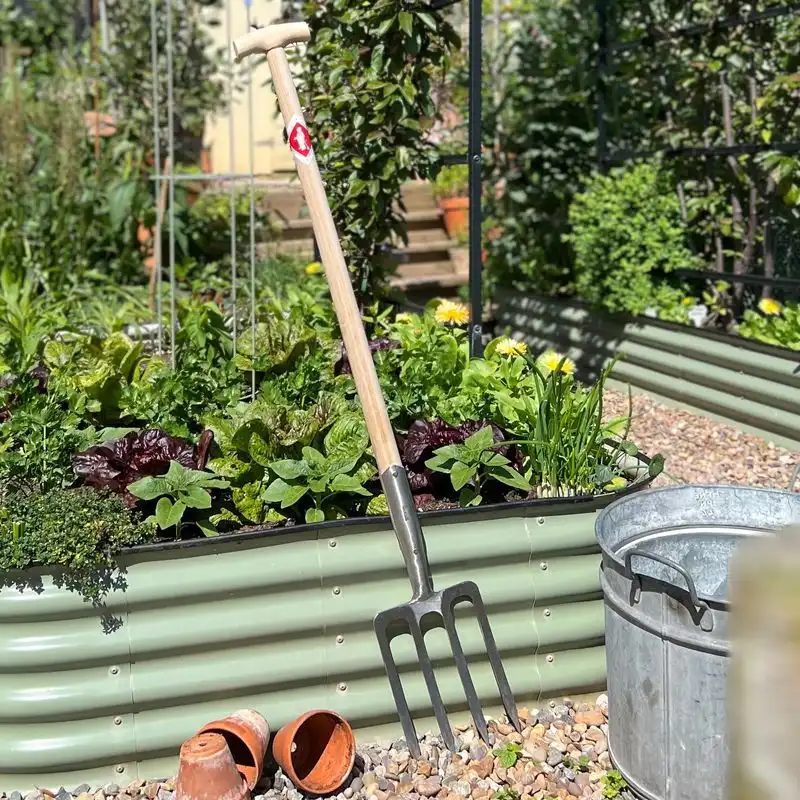
It might look amusing, but a fence made of plastic forks can protect your plants from curious critters. Simply insert forks, prongs up, around vulnerable plants. This creates a physical barrier that deters animals like squirrels and rabbits. With minimal effort, your garden remains safe from uninvited guests. This hack is a testament to the power of using simple materials for effective solutions. It’s a whimsical yet practical way to guard your greens, ensuring they thrive without interference. Plus, it’s a fun conversation starter for visitors to your garden.
Milk Jug Watering Can
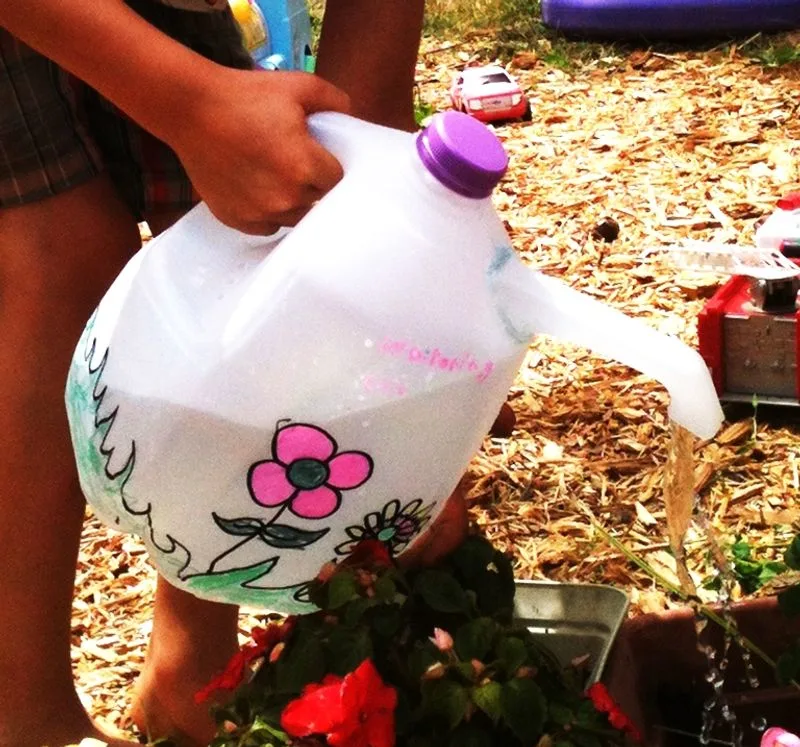
Repurpose a milk jug into a handy watering can for those hard-to-reach plants. Simply pierce holes in the cap, fill with water, and you’re ready to go. This homemade can offers a gentle flow, perfect for delicate seedlings. It’s a budget-friendly solution that makes plant care more accessible. Not only does it save money, but it also reduces plastic waste, making it an eco-conscious choice. Whether you’re new to gardening or a seasoned pro, this quirky tool proves that sometimes the simplest solutions are the most effective.
Sponge in a Pot
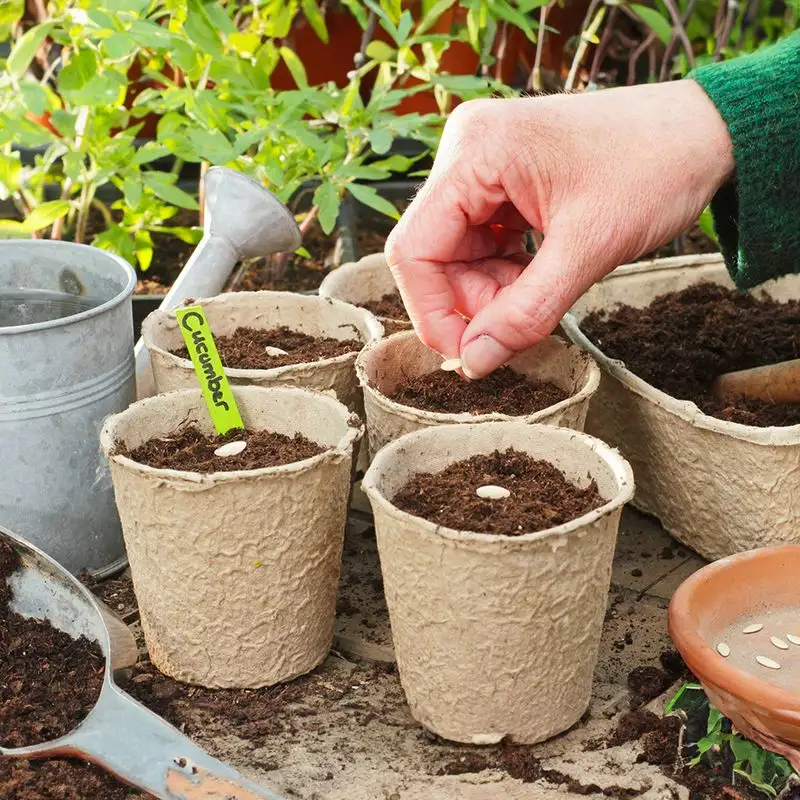
Placing a sponge at the bottom of a pot might seem odd, but it works wonders for moisture control. The sponge absorbs excess water, preventing root rot and keeping soil moist for longer. This is particularly useful for container plants that require precise watering. The sponge’s role as a moisture buffer allows for more consistent plant care, especially during hot spells. It’s an unexpected yet effective way to ensure that potted plants thrive. By embracing this simple hack, you’ll provide a stable environment for your plants to flourish.
Banana Peel Fertilizer
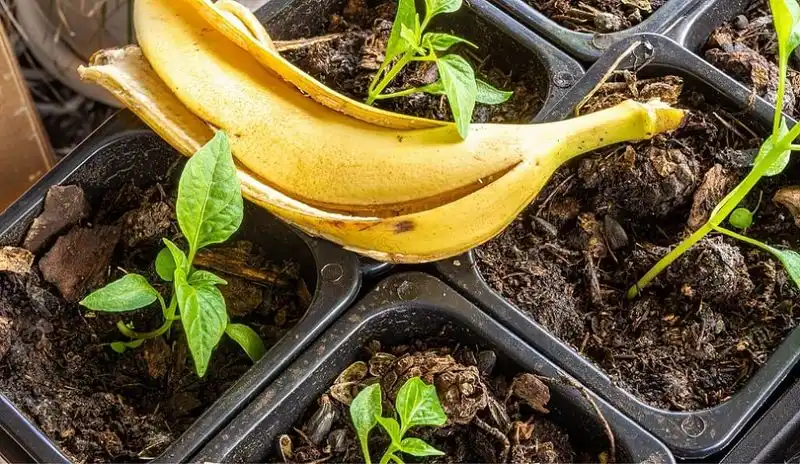
Banana peels aren’t just for the compost bin; they’re a fantastic fertilizer. Rich in potassium, they promote healthy plant growth and vibrant blooms. Simply bury the peels around your plants or soak them in water to create a nourishing solution. This natural fertilizer supports sustainable gardening practices and reduces waste. It’s a nutrient-packed boost that your garden will love. By incorporating banana peels into your routine, you’re embracing an eco-friendly approach that benefits both your plants and the planet. It’s a simple yet powerful way to enhance growth.
Newspaper Weed Barrier
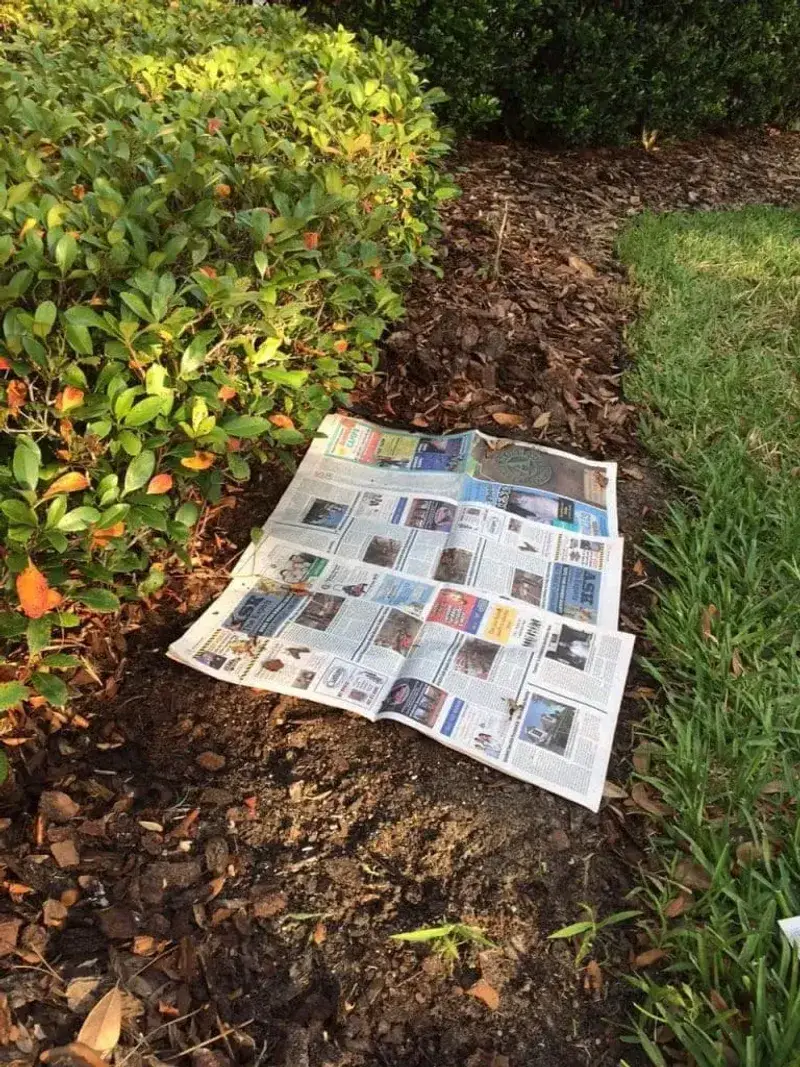
A few pages of newspaper can transform how you manage weeds in your garden. Lay them down before adding mulch, and they act as a barrier, blocking sunlight and suppressing weed growth. Over time, the newspaper decomposes, enriching the soil. This sustainable approach reduces reliance on chemical weed killers, promoting a healthier garden ecosystem. Easy to implement and cost-effective, this hack elevates your gardening game. It’s an innovative way to recycle old newspapers while enhancing your garden’s health. Embrace this classic yet underutilized method for a weed-free garden.
Plastic Bottle Cloche

Repurposing a plastic bottle into a cloche offers young plants protection from the elements. Cut the bottom off a bottle and place it over the plant, creating a mini greenhouse. This simple structure shields against cold, wind, and pests while retaining moisture. It’s a fantastic way to give seedlings the best start in life. By reusing plastic bottles, you’re not only helping your garden but also contributing to environmental conservation. It’s a practical and eco-friendly solution that underscores the value of creative recycling in gardening.
Soap Shavings for Deer
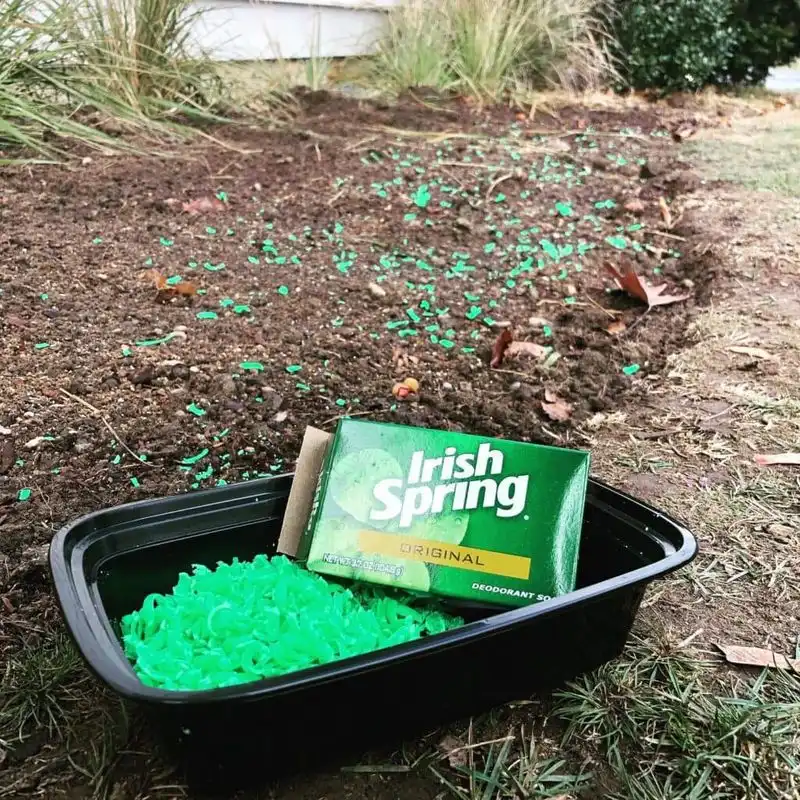
Deer may find your garden delectable, but soap can change their minds. The strong scent of soap shavings scattered around plants deters these gentle browsers. Not only does this hack protect your garden, but it also adds a fresh scent. It’s a humane way to manage wildlife without harm. The simplicity and effectiveness of this approach make it a favorite among gardeners. By using everyday items, you can maintain a harmonious balance between wildlife and your garden. It’s a fragrant, practical deterrent that keeps deer at a distance.
Citrus Peel Starter
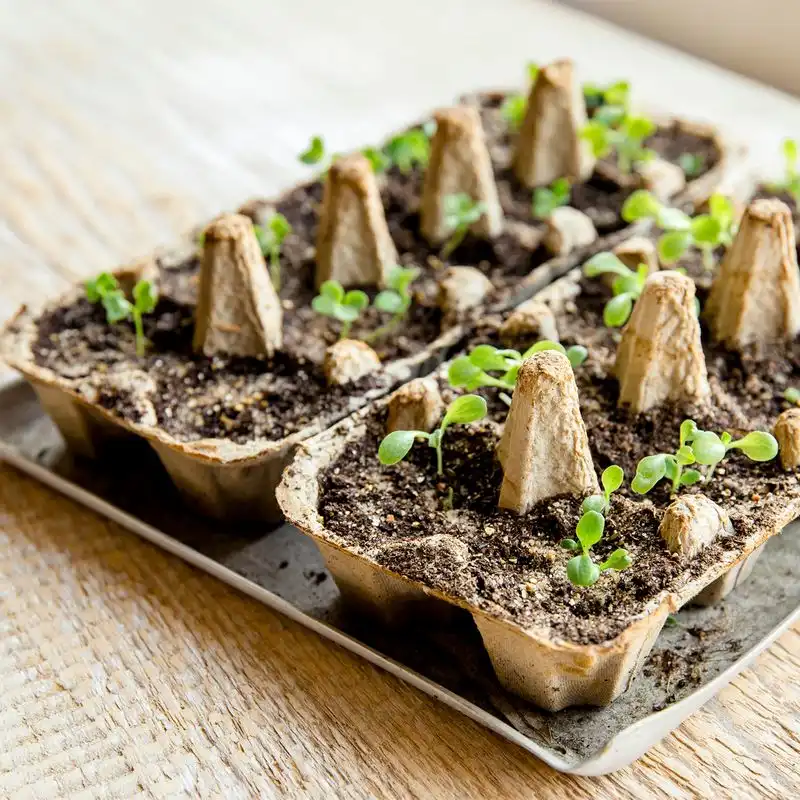
Citrus peels can kickstart your gardening endeavors in an eco-friendly manner. These biodegradable pots are perfect for seedlings. Fill each peel with soil and seeds, then place them in a sunny spot. As plants grow, transplant them into the garden, peel and all. The citrus breaks down, adding nutrients to the soil and reducing waste. This hack offers a sustainable alternative to plastic pots, making your garden both greener and healthier. Embrace this fragrant and effective approach to nurturing young plants with a zest for life.
Epsom Salt for Tomatoes
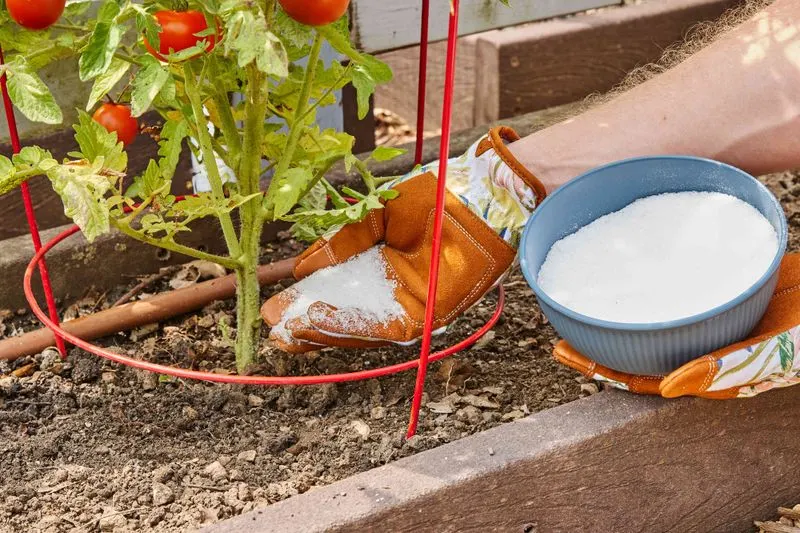
Tomatoes can be finicky, but Epsom salt helps them thrive. Magnesium sulfate enhances nutrient uptake, leading to healthier plants and tastier fruits. Sprinkle a tablespoon at the base of each plant once a month. This simple addition can make a noticeable difference in your harvest. It’s an affordable and natural way to boost plant growth without relying on synthetic fertilizers. By incorporating Epsom salt into your routine, you’re tapping into an age-old gardening secret. Let your tomatoes bask in their improved vigor and taste the results of this savvy hack.
Aluminum Foil Mulch

Aluminum foil does more than keep leftovers fresh—it can also keep your garden thriving. When used as mulch, it reflects sunlight, deterring pests and keeping soil warm. This creates an optimal environment for plant growth. Lay strips between rows of vegetables, and watch as your garden benefits from this shiny intervention. It’s an inventive use of a household staple that underscores the creativity in gardening. Whether for pest control or thermal regulation, aluminum foil mulch is a practical solution with surprising benefits.
Garden Fork Pest Control
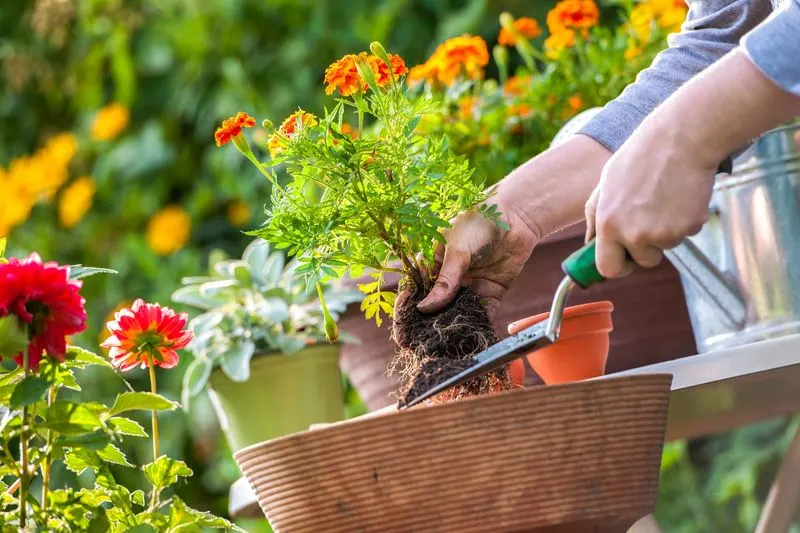
Standing garden forks in your vegetable rows might seem peculiar, but they serve as an effective deterrent. Birds and small animals are less likely to venture into an area that appears occupied. The presence of these tools creates a visual barrier, keeping critters at bay. By using items already in your shed, this hack offers an elegant solution to a common problem. It’s a testament to resourcefulness, highlighting how ordinary tools can double as protective guardians for your garden. This quirky setup is both practical and budget-friendly.
Ice Cube Seed Germination

Starting seeds with ice cubes may sound unconventional, yet it offers controlled moisture release. Place cubes over seeds in trays; as they melt, the soil absorbs water gradually. This ensures even moisture distribution, crucial for germination. It’s particularly useful for delicate seeds that require consistent hydration. The slow release mimics natural conditions, giving seeds a gentle start. This method showcases the ingenuity found in simplicity, providing an effective way to nurture future plants. By using ice cubes, you’re harnessing an unexpected tool for successful seed germination.
Mesh Bag Composting
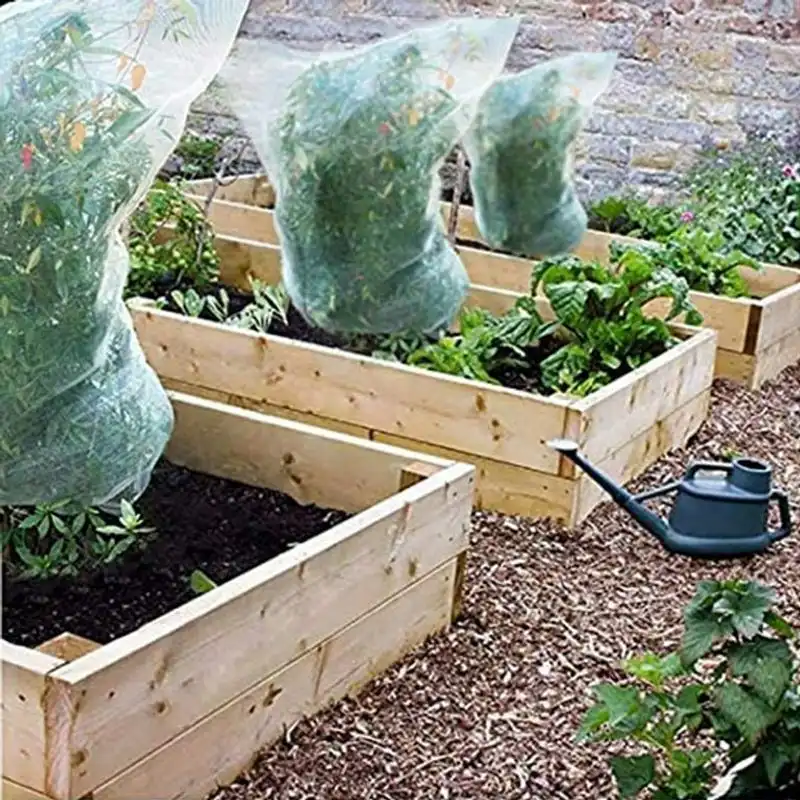
Use mesh bags to create portable compost heaps. Fill them with kitchen scraps and hang them in a sunny garden spot. The bag allows air to circulate, speeding up decomposition. This method produces rich compost while reducing waste. It’s a neat, odor-free solution for gardeners with limited space. The portability of this system means you can position it for optimal sun exposure, ensuring efficient breakdown. By embracing this method, you’re engaging in sustainable gardening practices that benefit both your plants and the environment.
Baking Soda for Sweeter Tomatoes
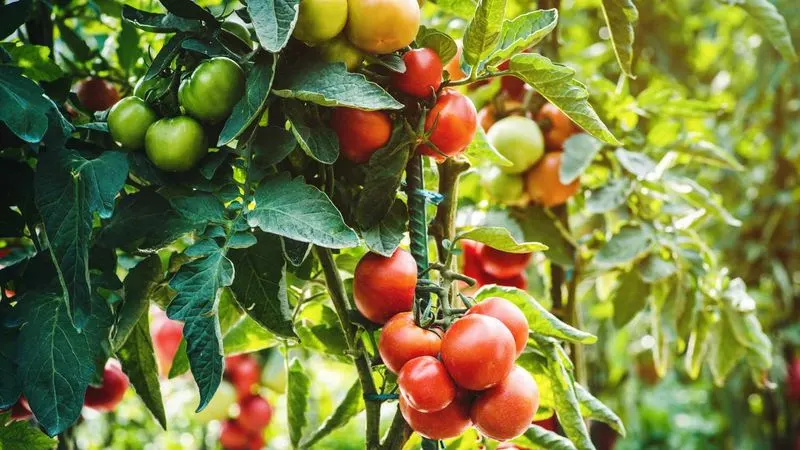
Enhancing the sweetness of tomatoes is as simple as a sprinkle of baking soda. This common kitchen ingredient lowers soil acidity, improving flavor. Dust a small amount around each plant base, and let nature do the rest. It’s a subtle addition that makes a significant impact on taste. Ideal for home gardeners looking to elevate tomato quality, this hack is both accessible and effective. By utilizing baking soda, you’re harnessing an often-overlooked tool for culinary excellence. Watch as your tomatoes surprise you with their enhanced sweetness, thanks to this simple trick.
Rusty Nail for Hydrangea Color

Change hydrangea color effortlessly with a rusty nail. Adding one to the soil alters acidity, turning blooms blue. It’s a natural way to influence plant aesthetics without chemical interference. This hack offers gardeners creative control over their garden palette. An old nail might seem an unlikely tool, yet it transforms plant appearance with ease. By repurposing a forgotten item, you’re embracing a sustainable approach to gardening. Delight in the vibrant colors your hydrangeas achieve, all through the power of a simple, rusty nail.
Yogurt Container Planters
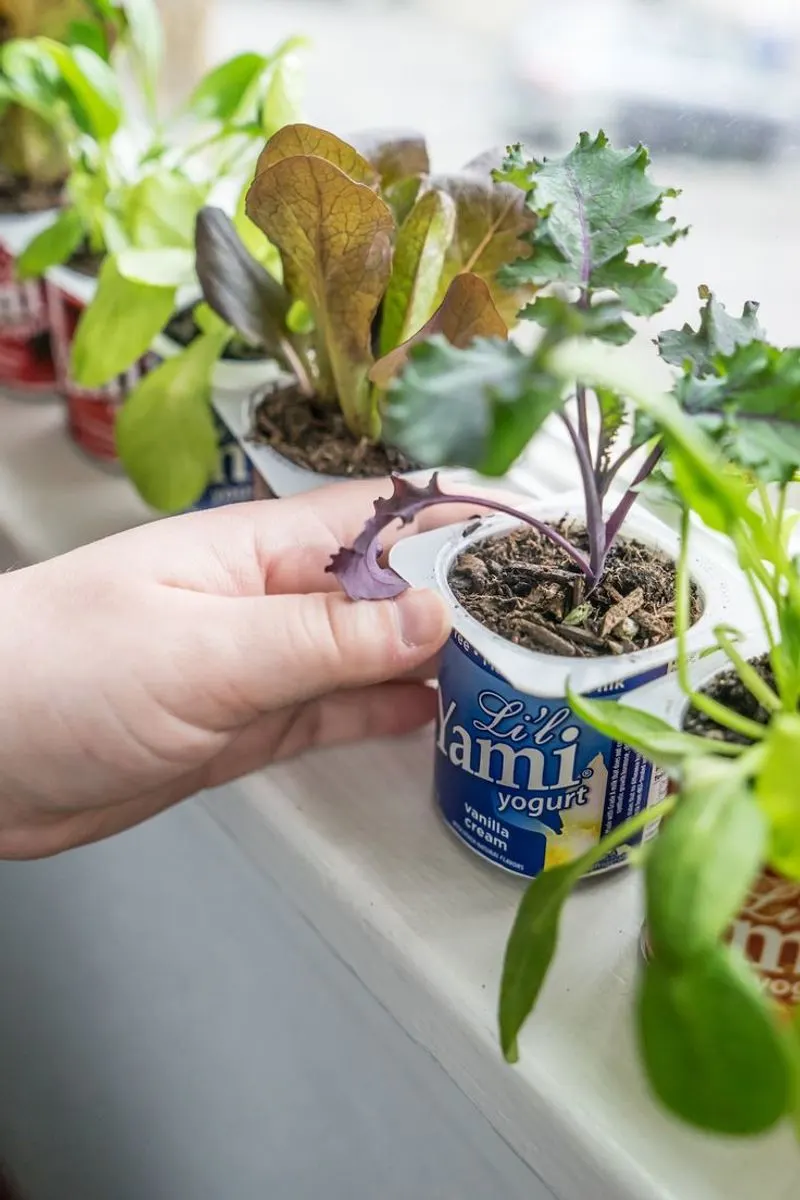
Yogurt containers make excellent planters for small flowers or herbs. Punch drainage holes in the bottom, and they’re ready to house your favorite plants. This hack offers a resourceful way to reuse materials while adding charm to your garden. Ideal for windowsills or small spaces, these containers provide the perfect home for budding botanicals. Enjoy the creativity of transforming everyday items into functional garden tools. By adopting this method, you’re not only reducing waste but also enriching your gardening experience with a touch of whimsy.

